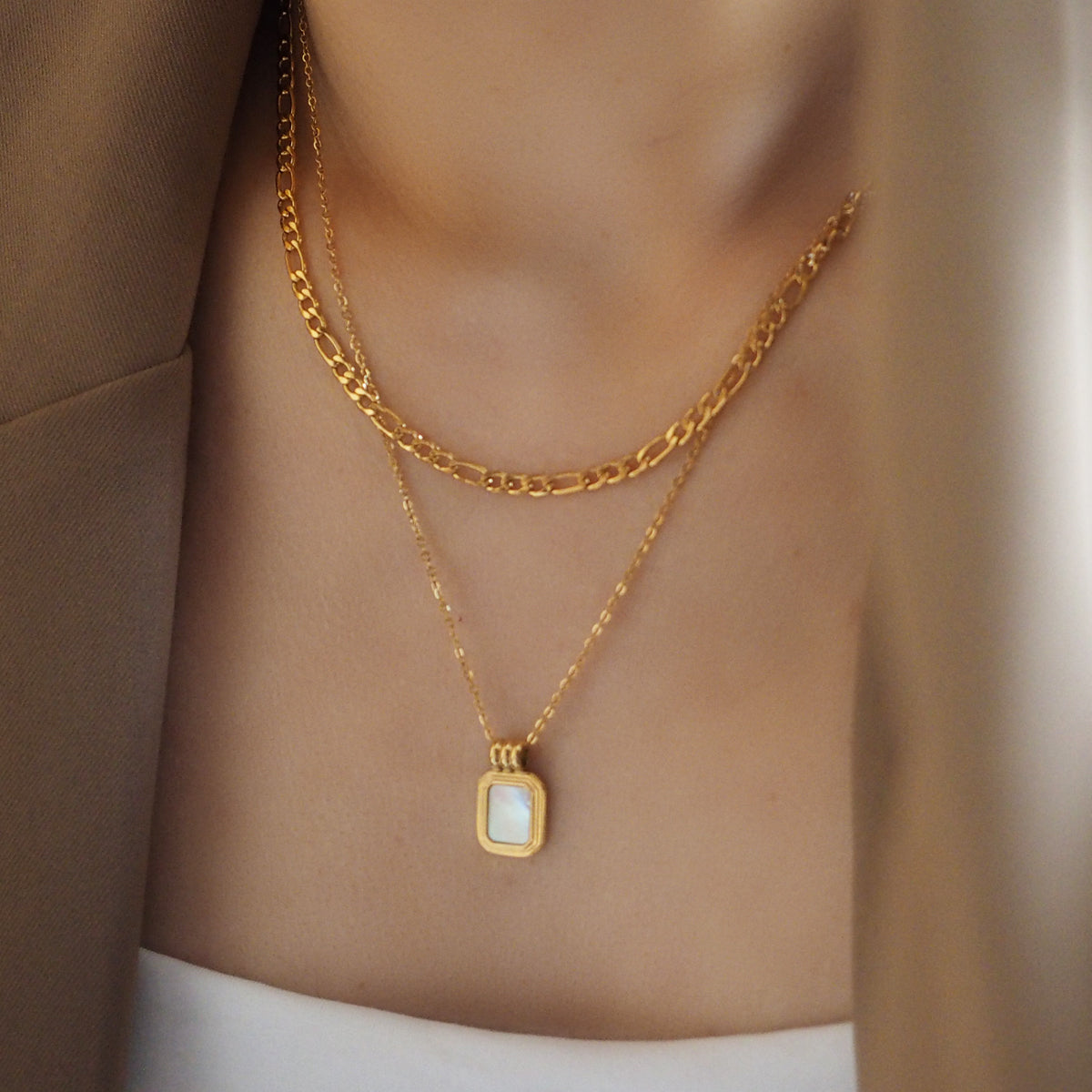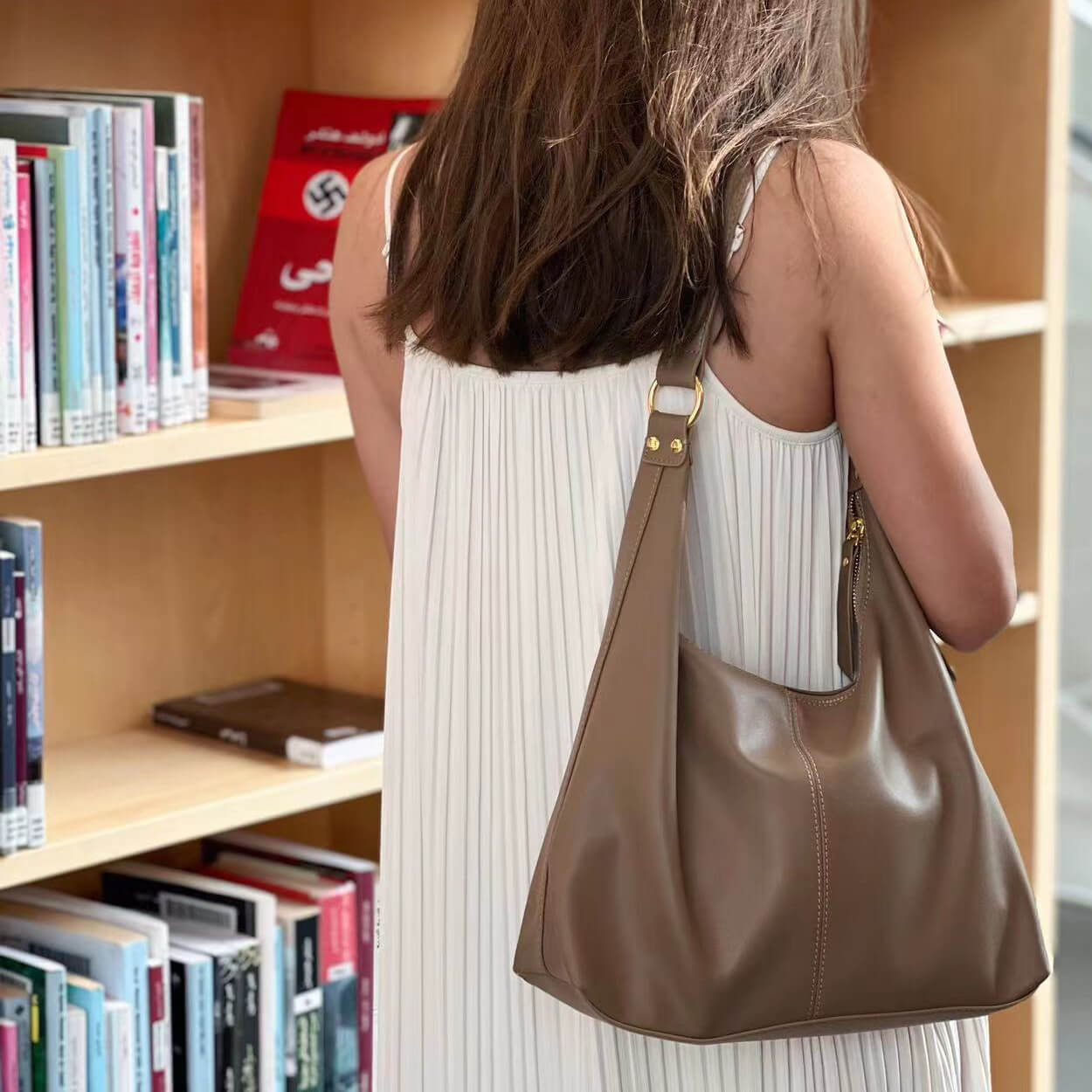Article: STAINLESS STEEL VS STERLING SILVER: Which one is better?

STAINLESS STEEL VS STERLING SILVER: Which one is better?
Jewelry is becoming increasingly popular and for good reason, accessorising with the right pieces can really elevate your personal style and create a signature look.
When it comes to choosing jewellery, stainless steel and sterling silver are the most popular but if handed 2 freshly polished pieces in the same design and style, most people would not be able to tell them apart as they will look almost identical.
They are both metal alloys, yet they use vastly different types of metals in their makeup to achieve their final form.
Stainless Steel
Stainless Steel is normally has a minimum of 10.5% chromium within its makeup, 1.2% or less carbon, and a mixture of other metals. Plus, there are actually a whopping 150 grades of stainless steel, yet there are approximately 15 that are commonly used.
It is a very cost-effective metal that can be manipulated to look like sterling silver, and it's more durable. It won't dent easily, and you won't have to worry about oxidation because of the chromium added to this alloy metal. It has more of a greyish blue metal hue and is highly reflective and shiny when polished.
PROS
-
It is non tarnish and doesn't oxidise. One of the biggest selling points is that stainless steel does not oxidise due to the chromium.
-
Long lasting, waterproof and suitable for daily use. You can wear it in the shower, to the gym, daily and it will retain it's look which is why it is so commonly used in high end watches and body piercings.
-
Hypoallergenic. Well suited for people who experience skin irritation from metals.
-
Inexpensive. Stainless steel has a much lower price point than silver and gold but can be made to resemble the colour of both, very closely but much more affordable.
-
Has a brighter shine/ reflection when highly polished compared to silver.
CONS
-
If damaged it is harder to repair because it can't be silver soldered and due to the strength of the metal, is very difficult to manipulate by hand.
-
Does contain 8-12% nickel so even surgical grade stainless steel may not be suitable for those with highly sensitive nickel allergies.
JEWELRY CARE
Stainless steel jewelry is pretty easy to clean. Simply follow these steps:
-
Avoid harsh chemicals. Bleach and chlorine can damage the surface of stainless steel metal, therefore, we recommend you remove any jewelry before swimming in chlorinated pools.
Avoid storing your jewelry with other sharp objects or jewelry as this could scratch it instead of store your stainless steel jewelry separately in a fabric-lined box or the cloth pouch that was included with your item
- Pour some warm water in a small bowl, and add some mild dishwashing soap.
- Dip a soft, lint-free cloth in the soapy water, and then gently wipe the stainless steel jewelry with the damp cloth until the piece is clean.When cleaning it, rub the item along its polish lines.
- Wipe the remaining soap off your jewelry using a moist cloth dipped in clean water.
- Dry the jewelry well with a clean towel, and then leave your pieces to air dry.
After your stainless steel jewelry is clean, you can use a jewelry polish or a polishing cloth to shine it.
Some people use toothpaste to clean the especially dirty spots of their stainless steel pieces.
Keep in mind, however, that toothpaste is abrasive. If you decide to use it for cleaning, make sure it is a non-whitening brand that does not contain silica, and use a soft cloth to rub the paste onto your pieces.
Sterling Silver
Sterling silver is 92.5% silver, with the remaining percentage being other metals - typically copper. To know if copper is used, you'll notice 925 stamped onto the metal.
Sterling silver is much softer and more malleable than stainless steel. Jewelry makers craft it into beautifully jewellery pieces, and it can usually be reshaped and resized by hand. Yet, sterling silver can be made stronger as some jewelers add palladium to the alloy. It has a brighter white feel with yellow hues (mostly due to the copper alloy) and a softer shine after polish.
PROS
-
Silver is a precious metal and will hold value
-
Has a classic bright white finish and looks great when freshly polished
-
Can be molded easily so repairs and maintenance are easier to find.
-
Has a nice soft luster for jewellery which is often sought after.
-
Can be easily polished and cleaned to bring back original look.
CONS
-
It oxidises and tarnishes. Due to the copper or zinc alloy it will tarnish after being wet or exposed to acidic skin/ air.
-
Can be scratched and dented easy due to the softer nature of the silver.
-
Not hypoallergenic.
-
More expensive than stainless steel.
JEWELRY CARE
Sterling silver, like other precious metal alloys, can oxidise with time. But properly maintained silver jewellery improves with age and develops a lush patina. Treat your silver well, care for it properly and it will reward you with a long life and a lustrous look.
- Clean your silver jewellery with a mild soap and water solution, allowing the water to bead up, and then patting dry with a soft cloth. For more stubborn dirt, use a cleaner designed for silver use.
- Store your silver in a cool, dry place, preferably in a tarnish-preventive bag or wrapped in a soft piece of felt or cloth.
- Store pieces individually so that they don’t knock together and scratch.
- Do not rub silver with anything other than a polishing cloth. Tissue paper or paper towels can cause scratches because of the fibres in these products.
- Make sure your silver is not exposed to air and light during storage – this can cause silver to tarnish.
- Don’t wear sterling silver in chlorinated water or when working with household chemicals.
The Final Verdict
Both stainless steel and sterling silver are very viable alloy metals for jewelry pieces and various other items.
If all you want is full functionality without worrying about tarnishing - stainless steel could be the right choice for you.
But, sterling silver as a precious metal has a uniqueness you can't get with stainless steel. It might require more care and attention over the years, but we think it's well worth the minimal effort you'll need to put in.
Which do you is the winner between stainless steel vs sterling silver?



